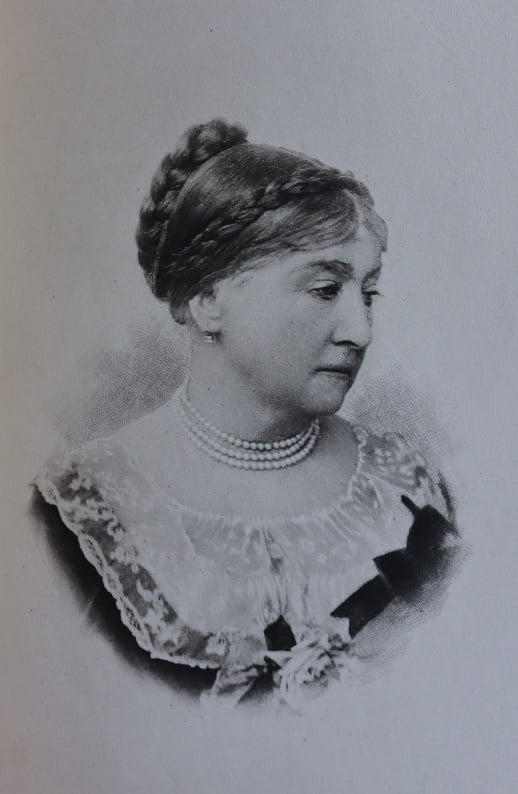Welcome to Ford, tucked away in the very north of Northumberland. This beautiful village is testimony to the philanthropic work of a tireless woman. A woman who was also tireless in her artistic achievements.

But who was she?
Dante Gabriel Rossetti described her as ‘an excellent artist’ who was ‘such a swell and such a stunner’.
John Everett Millais wanted her to join a Pre-Raphaelite sketching club.
William Holman-Hunt’s signature is in the original visitors’ book here.
John Ruskin spent many years mentoring her in her art via letter.
George Frederic Watts said she was ‘born an artist greater than any England has produced’.
Have you heard of her?
She was Lady Louisa Waterford.
But why need we define her by the words of contemporary men? Let her achievements speak for themselves. Come on in…


These stunning watercolour murals adorn the walls of the Lady Waterford Hall, a small museum in Ford village run by a charitable trust. The life size Biblical scenes feature the faces of the local villagers, who all came and modelled for Lady Waterford in her studio at Ford Castle. Louisa named this her ‘great experiment’ and it took her 21 years to complete.
Born in Paris in 1818, during her life Louisa became an artist and philanthropist. Although undoubtedly born into wealth and privilege, Louisa gave back through her efforts to improve life for her tenants and workers. This Hall was originally commissioned by her as a school for the local children in 1860 – 20 years before it was compulsory for children to attend school. The model village of Ford was also her creation, providing housing for workers and also installing a nurse for free health care. Louisa was a woman very much ahead of her time, with an extraordinary capacity for compassion and an extraordinary talent for art. Displaying her talent from a young age, this very anatomical painting of a dead greenfinch was completed by Louisa when she was just thirteen years old:
Although Louisa’s accomplishments as an artist were recognised by contemporaries such as Queen Victoria, her talent is too often overlooked in studies of the Pre-Raphaelite artists. That’s why here in a small village in Northumberland, we’re shouting about her.
Today Louisa’s work can be seen in the V&A museum, the Royal Collection and the Tate. But it is the Lady Waterford Hall that houses her masterpiece. The museum is run by a charitable trust and relies on a small admission fee to survive. With fewer than 5000 visitors a year, conserving these beautiful murals becomes an uphill struggle.
The Lady Waterford Hall is all about herstory. The story of the Pre-Raphaelite sister you’ve never heard of. In the very north of England, we’re easy to miss, yet unmissable. Come and discover us.

Open seasonally March-1st November.
Vicky Smith-Lacey Curator, Lady Waterford Hall
switch website